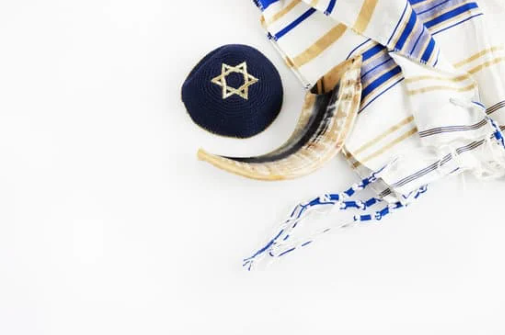Unveiling the Shared Elements: Exploring the Connections Between Rosh Hashanah and Yom Kippur
Rosh Hashanah and Yom Kippur, two of the most important Jewish holidays, hold a significant place in the hearts and minds of Jewish communities worldwide. These holy occasions mark the beginning and culmination of the Ten Days of Repentance, a period of deep introspection and spiritual renewal. As we delve into the rich tapestry of Jewish tradition, it becomes evident that Rosh Hashanah and Yom Kippur share more than just their proximity on the calendar.
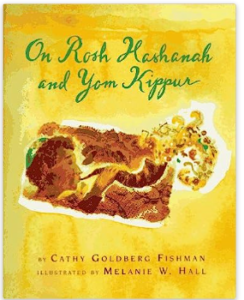
Understanding the common elements between these holidays not only strengthens our knowledge of Jewish customs but also offers valuable insights into the universal themes of repentance, forgiveness, and personal growth.
Rosh Hashanah, often referred to as the Jewish New Year, ushers in a time of reflection and new beginnings. Celebrated on the first and second days of the Hebrew month of Tishrei, it carries a sense of anticipation and reverence. On the other hand, Yom Kippur, known as the Day of Atonement, occurs ten days after Rosh Hashanah and represents the climax of this introspective period. Together, these holidays form a significant spiritual journey, guiding individuals towards self-examination, reconciliation, and spiritual elevation.

In this article, we will explore the shared elements of Rosh Hashanah and Yom Kippur, shedding light on their historical origins, spiritual themes, symbolic practices, liturgical observances, and the importance of community and family involvement. By understanding the common threads that weave these holidays together, we can gain a deeper appreciation for the profound wisdom and enduring relevance of Jewish tradition. Furthermore, these shared elements provide valuable lessons and insights that can resonate with people of diverse backgrounds, fostering interfaith understanding and personal growth.
Join us on this exploration of Rosh Hashanah and Yom Kippur, as we uncover the shared foundations that make these holidays a source of inspiration, introspection, and spiritual transformation for countless individuals across the globe.
Rosh Hashanah and Yom Kippur have deep historical roots within Jewish tradition, carrying with them centuries of significance and symbolism. Understanding the historical context of these holidays enhances our appreciation for their enduring importance in Jewish culture.
Rosh Hashanah, which translates to “Head of the Year,” marks the beginning of the Jewish calendar. It traces its origins back to biblical times and finds its basis in the Hebrew Bible, specifically in Leviticus 23:23-25. The holiday is believed to have been observed since the time of Moses and was later codified in the Mishnah, an ancient Jewish legal text.
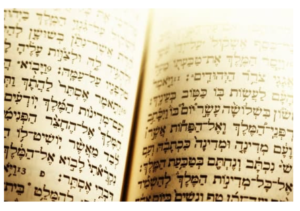
Yom Kippur, meaning “Day of Atonement,” is regarded as the most solemn day in the Jewish calendar. Its historical roots can be found in the biblical book of Leviticus 16, which describes the rituals performed by the High Priest in the Tabernacle and later in the Temple in Jerusalem. Yom Kippur’s observance has been maintained throughout Jewish history, adapting to changing circumstances and taking on deeper spiritual significance over time.
Both Rosh Hashanah and Yom Kippur have evolved to reflect the experiences and challenges faced by Jewish communities throughout history. From the biblical era to the diaspora and modern times, these holidays have remained steadfast, providing a framework for introspection, repentance, and renewal.
These holidays are not merely historical commemorations but serve as spiritual markers for Jews worldwide. They connect individuals to their heritage, reinforcing the continuity of Jewish identity and offering an opportunity to reflect on the collective journey of the Jewish people.
By understanding the historical background of Rosh Hashanah and Yom Kippur, we gain a deeper appreciation for the sacred nature of these holidays and the profound role they play in the tapestry of Jewish history. As we explore their shared elements, it becomes evident that these holidays are not isolated events but integral parts of a broader narrative that embodies Jewish faith, resilience, and the eternal pursuit of spiritual growth.

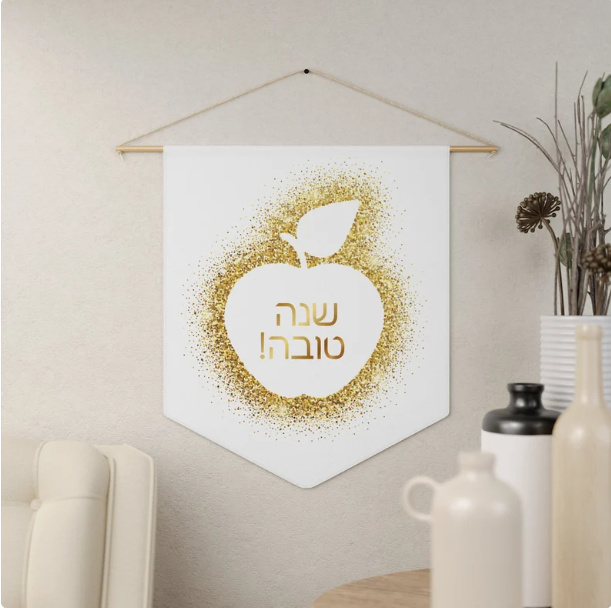

Shared Spiritual Themes: Delving into the Common Ground of Rosh Hashanah and Yom Kippur
Rosh Hashanah and Yom Kippur, while distinct in their observances and practices, share profound spiritual themes that form the bedrock of these holidays. Both occasions offer a sacred space for introspection, repentance, and personal growth, allowing individuals to embark on a journey of spiritual renewal and transformation.
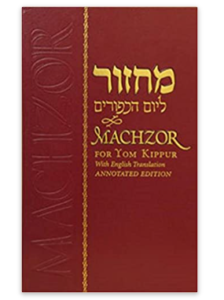
Machzor prayer book – English/Hebrew – HERE Introspection and Self-Reflection: Rosh Hashanah and Yom Kippur invite individuals to engage in deep introspection, taking stock of their actions, behaviors, and relationships over the past year. It is a time to reflect on one’s strengths, shortcomings, and areas for improvement. By examining their inner selves, individuals gain a heightened awareness of their spiritual and moral compass, paving the way for self-transformation.
Repentance and Forgiveness: Both holidays emphasize the importance of repentance (teshuvah) and seeking forgiveness from others and from God. Rosh Hashanah marks the beginning of the Ten Days of Repentance, a period in which individuals are encouraged to reconcile with those they may have wronged and make amends. Yom Kippur serves as the culmination of this process, offering an opportunity for individuals to seek divine forgiveness and engage in acts of atonement.
Personal Growth and Renewal: Rosh Hashanah and Yom Kippur inspire individuals to strive for personal growth and transformation. They provide a fresh start, a chance to set intentions and goals for the upcoming year, and a commitment to becoming better versions of themselves. Through prayer, reflection, and the pursuit of righteousness, individuals aspire to cultivate virtues such as compassion, humility, and gratitude.
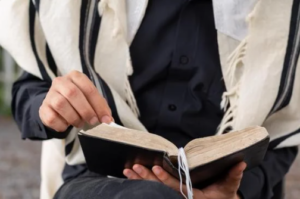
Jewish praying Seeking a Closer Relationship with God: Both holidays encourage individuals to deepen their relationship with the Divine. Rosh Hashanah serves as a time for acknowledging God’s sovereignty and reflecting on His role in one’s life. Yom Kippur, in turn, offers a profound opportunity to connect with God through prayer, fasting, and seeking forgiveness. These spiritual endeavors foster a sense of closeness to the Divine and a commitment to living in alignment with sacred principles.
The shared spiritual themes of introspection, repentance, personal growth, and seeking a closer relationship with God weave through the fabric of both Rosh Hashanah and Yom Kippur. They provide a framework for individuals to engage in a meaningful dialogue with themselves, their communities, and the Divine, fostering personal and communal transformation. By embracing these shared elements, individuals can embark on a profound spiritual journey during these holy days, seeking reconciliation, renewal, and a deeper understanding of their place within the world.
Symbolic Practices: Expressing the Essence of Rosh Hashanah and Yom Kippur
Rosh Hashanah and Yom Kippur, while distinct in their observances and practices, share profound spiritual themes that form the bedrock of these holidays. Both occasions offer a sacred space for introspection, repentance, and personal growth, allowing individuals to embark on a journey of spiritual renewal and transformation.
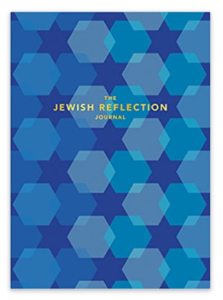
Introspection and Self-Reflection: Rosh Hashanah and Yom Kippur invite individuals to engage in deep introspection, taking stock of their actions, behaviors, and relationships over the past year. It is a time to reflect on one’s strengths, shortcomings, and areas for improvement. By examining their inner selves, individuals gain a heightened awareness of their spiritual and moral compass, paving the way for self-transformation.
Repentance and Forgiveness: Both holidays emphasize the importance of repentance (teshuvah) and seeking forgiveness from others and from God. Rosh Hashanah marks the beginning of the Ten Days of Repentance, a period in which individuals are encouraged to reconcile with those they may have wronged and make amends. Yom Kippur serves as the culmination of this process, offering an opportunity for individuals to seek divine forgiveness and engage in acts of atonement.
3. Personal Growth and Renewal: Rosh Hashanah and Yom Kippur inspire individuals to strive for personal growth and transformation. They provide a fresh start, a chance to set intentions and goals for the upcoming year, and a commitment to becoming better versions of themselves. Through prayer, reflection, and the pursuit of righteousness, individuals aspire to cultivate virtues such as compassion, humility, and gratitude.
4. Seeking a Closer Relationship with God: Both holidays encourage individuals to deepen their relationship with the Divine. Rosh Hashanah serves as a time for acknowledging God’s sovereignty and reflecting on His role in one’s life. Yom Kippur, in turn, offers a profound opportunity to connect with God through prayer, fasting, and seeking forgiveness. These spiritual endeavors foster a sense of closeness to the Divine and a commitment to living in alignment with sacred principles.
Liturgical Observances: The Sacred Prayers and Rituals of Rosh Hashanah and Yom Kippur
Rosh Hashanah and Yom Kippur are marked by a rich tapestry of liturgical observances, encompassing a collection of prayers, readings, and rituals that enhance the spiritual experience of these holy days. The liturgy of these holidays carries profound meaning, drawing upon centuries of Jewish tradition and providing a framework for reflection, repentance, and communion with the Divine.
Special Prayers: Both Rosh Hashanah and Yom Kippur feature a distinct set of prayers that capture the essence of these occasions. These prayers express a range of emotions, from awe and reverence to humility and supplication. The Amidah, a central prayer recited multiple times throughout these holidays, emphasizes themes of God’s sovereignty, mercy, and the yearning for personal and collective redemption. The liturgy of these prayers reinforces the spiritual themes of introspection, repentance, and the pursuit of righteousness.
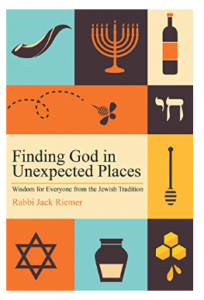
Finding God in unexpected places – Get yours HERE The Kol Nidre Service: Yom Kippur opens with the solemn Kol Nidre service, held on the eve of the holiday. This poignant and evocative prayer, chanted in Aramaic, holds deep historical and emotional significance. It signifies a collective annulment of vows and commitments made in the previous year, allowing individuals to approach the Day of Atonement with a clean slate and an open heart.
The Vidui (Confession): Throughout Yom Kippur, the Vidui prayer takes center stage. This comprehensive confession encompasses a list of sins and transgressions, collectively recited by the congregation. The Vidui prayer encourages individuals to reflect on their actions, take responsibility for their mistakes, and seek forgiveness from both God and fellow human beings. It serves as a powerful reminder of the importance of accountability and the potential for personal growth and transformation.
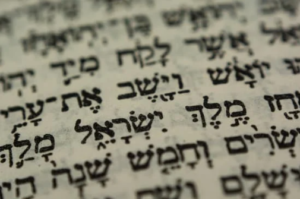
Neilah: The Closing Service: As Yom Kippur nears its conclusion, the Neilah service holds a moment of great intensity and significance. The term “Neilah” means “closing,” signifying the closing of the gates of repentance. During this final prayer service, a sense of urgency and determination permeates the atmosphere, as individuals fervently seek divine forgiveness before the gates are sealed. The Neilah service serves as a poignant reminder of the time-sensitive nature of repentance and the opportunity for spiritual renewal.
The liturgical observances of Rosh Hashanah and Yom Kippur infuse these holidays with a sense of reverence, devotion, and communal solidarity. Through prayer, individuals connect with their faith, expressing their hopes, fears, and aspirations. The words and melodies of these prayers resonate with the collective memory and shared experience of the Jewish people, providing a profound and transformative spiritual journey during these sacred days. The liturgy serves as a guide, leading individuals on a path of self-reflection, repentance, and a deepening relationship with the Divine.

